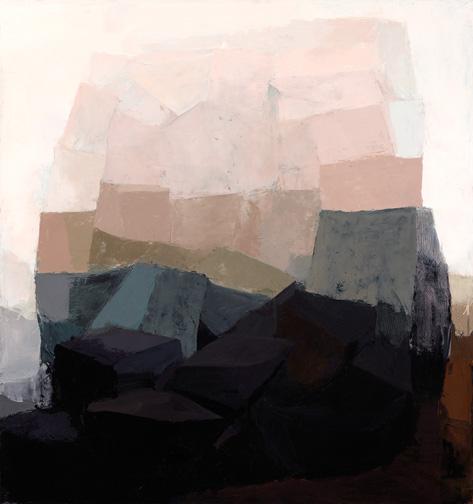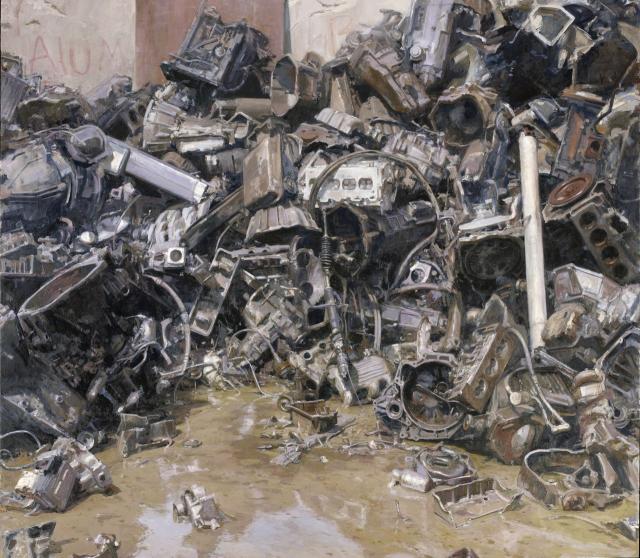
13
Matt Bollinger: Double Shift

5
Corita Kent: Heroes & Sheroes

6
Foresight Prevents Blindness
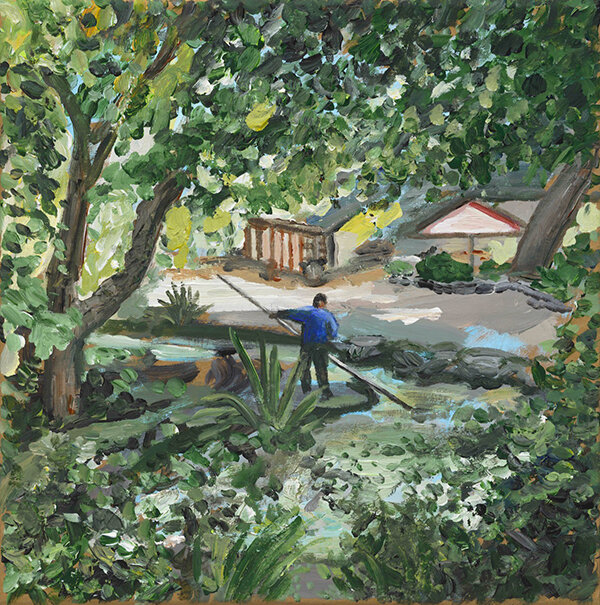
8
Life Still

8
Collective Interventions

5
Staying Afloat in a Floating World

9
VOICES FOR CHANGE

5
Sentients

5
Decoy

6
Sit-In

12
Barb Smith: Mother Tongue

7
Language as Medium

2
Matty Davis: Until it reached into our lives and destroyed the tranquility that we had

6
Sara Greenberger Rafferty: Tailored Content

6
Contra

7
A New Subjectivity

7
True Neutral Human

7
About Face

8
The Treachery of Objects

6
Any Given Sunday

3
2015 New Faculty Exhibition

2
Radcliffe Bailey: Storm at Sea

3
Luscious: The Body Adorned

3
Stationary Realms

4
Faith and The Devil: An Installation By Leslie Dill

2
New Faculty Exhibition: Stephanie Pierce and Cynthia Thompson

3
Resplendent

4
Employing Voice, Embracing Agency: Celebrating Contemporary African-American Artists

2
Resonance: Audible Silence in Portraiture
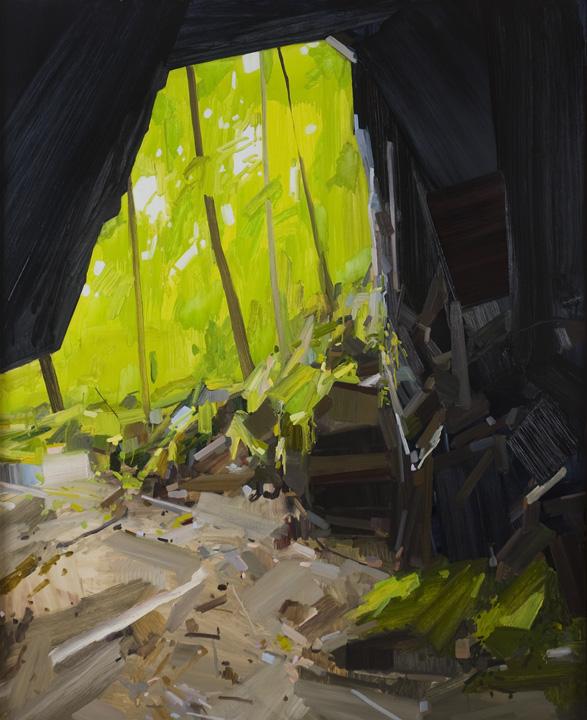
5
Tenses of Landscape

1
Mark Dion: Process and Inquiry

5
mike peven: a retrospective
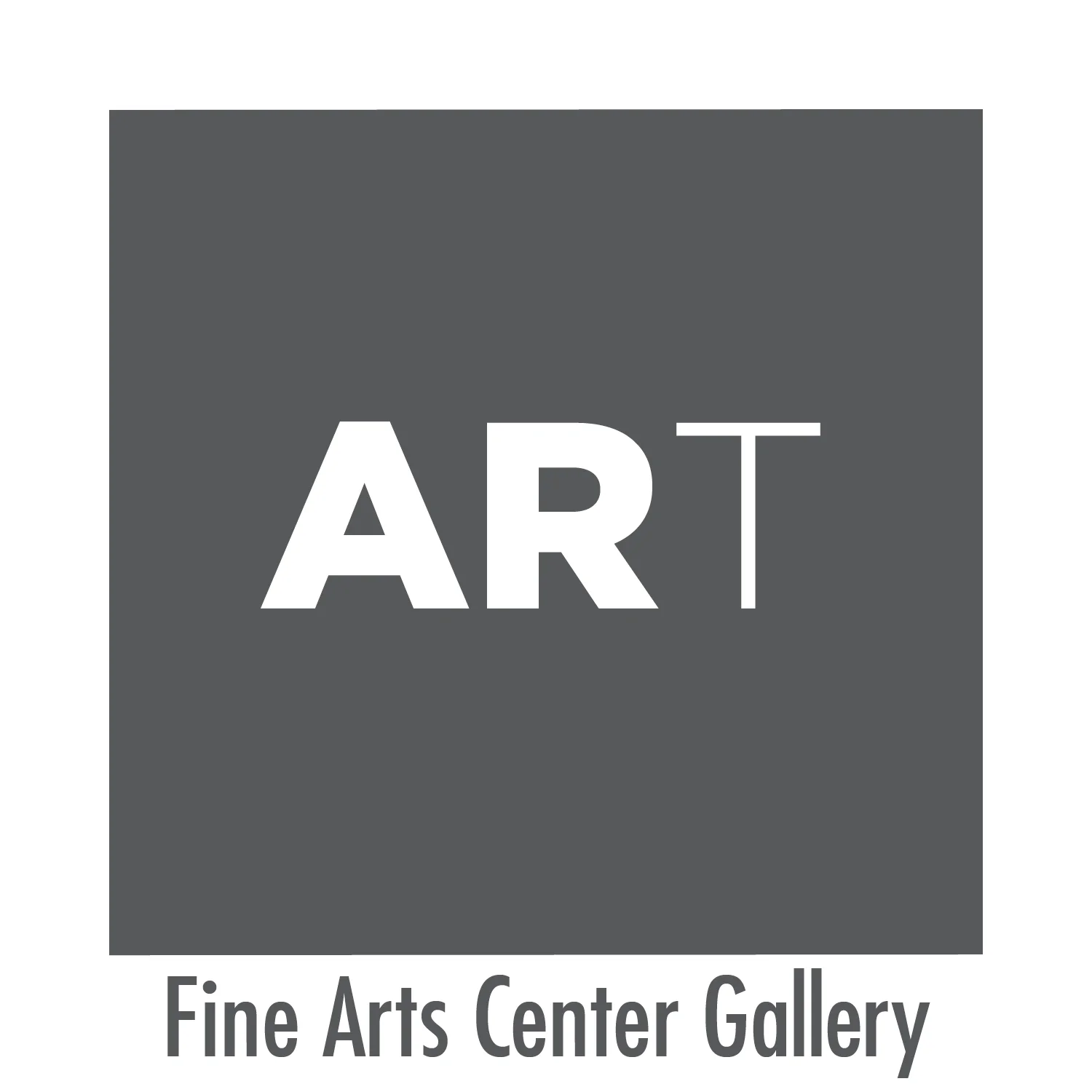






























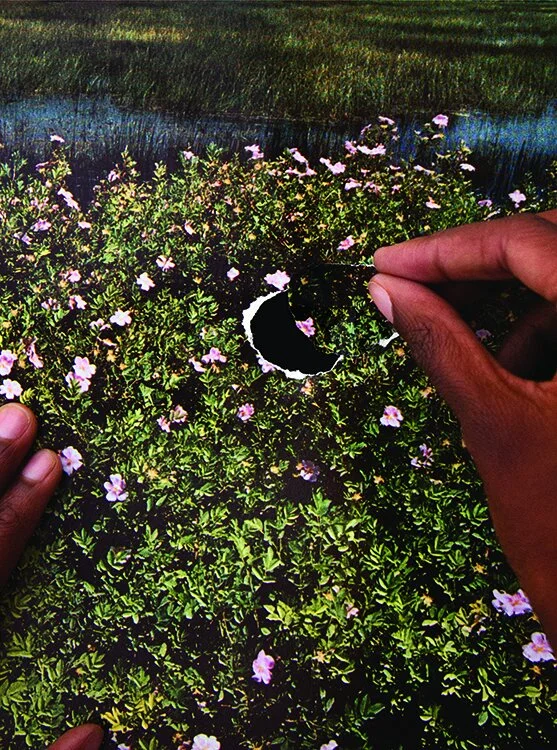














































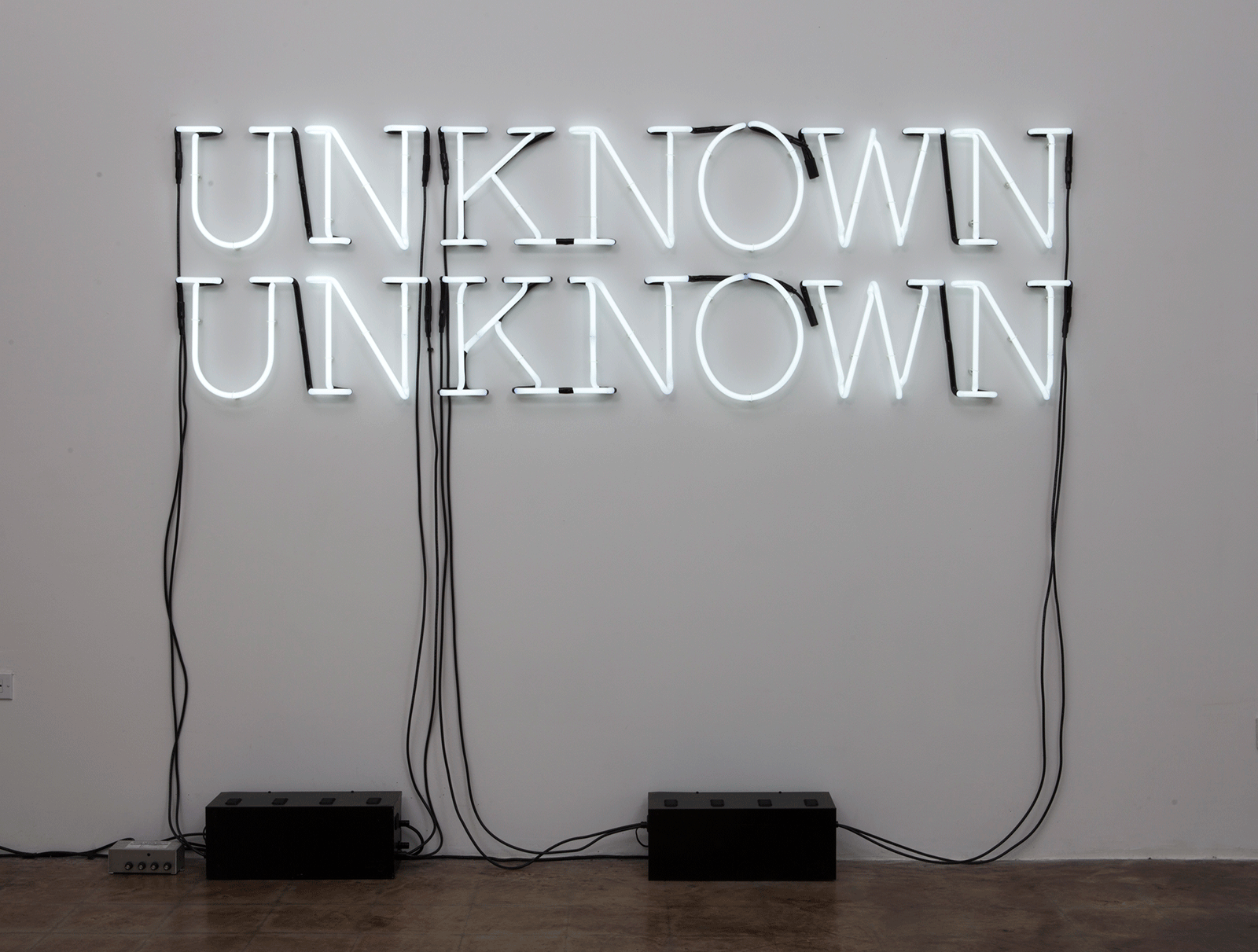






![Jessica Stockholder, [JS 453], 2007. Vinyl, cloth, carpet, sheet aluminum, chicken wire, hardware, plastic coated cable, plastic parts, snap shots, plexi-glass, acrylic and oil paint, plastic zip ties, table base. 94 x 53 x 26 inches. © Je](https://images.squarespace-cdn.com/content/v1/56303195e4b004085dbc76bb/1508854579885-G4MIPFUKQKB0CSUZH9L5/Stockholder_453_WEB.jpg)




















































